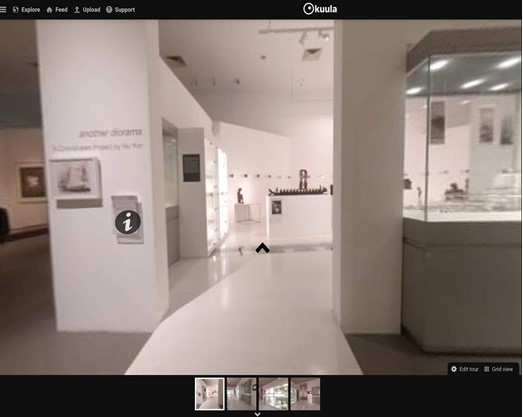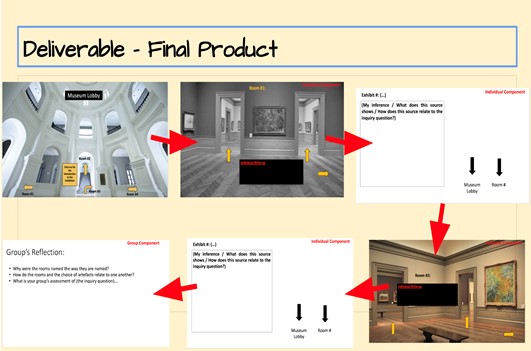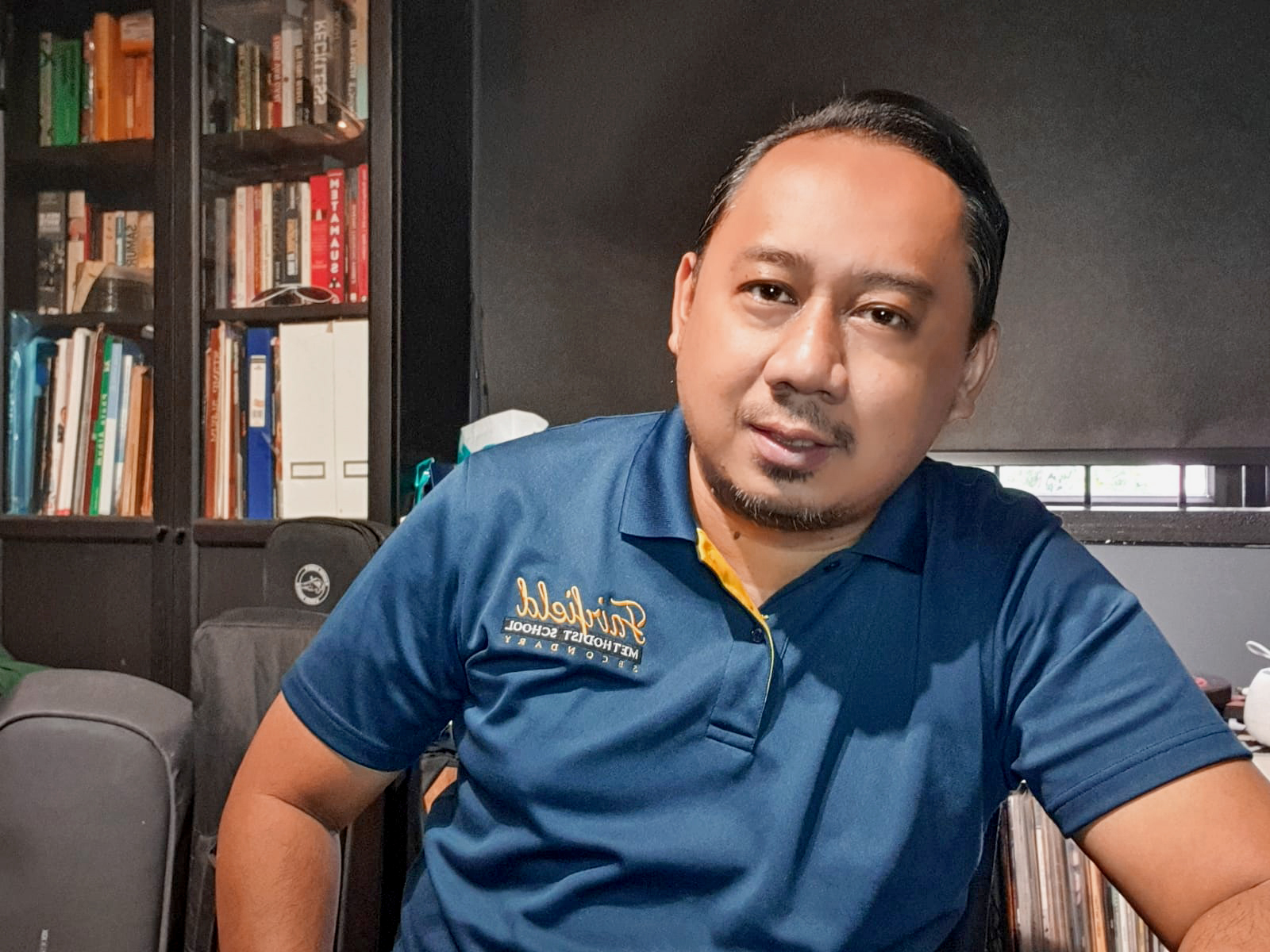Creating an Engaging Virtual Learning Journey
When the Circuit Breaker measures were first announced in April 2020, many aspects of one’s life had to undergo changes on short notice. Schools and teachers made drastic changes to the curriculum and lesson plans in preparation for the national shift towards home-based learning. Despite the challenges that came with the shift, one Lead Teacher (History) at Fairfield Methodist School (Secondary) was determined to ensure his students will continue to enjoy learning, even from home. Mr Ezal Sani shares with us his journey where he and his team of teachers adopted a new virtual simulation method to create a digital learning journey for their History students – all as part of their effort to keep their students engaged even from a distance.
The Need for Support and Change
Pre-COVID-19, Mr Ezal Sani used to bring his students to museums as part of the school’s History curriculum to encourage them to apply and expand their learning on specific historical concepts and skills in the form of Historical Investigations (HI). “As part of enrichment activities for our students, we would usually bring them on a learning journey to the National University of Singapore (NUS) Museum as part of the HI experience,” he shares.
However, museum visits were no longer possible when the Singapore government implemented the Circuit Breaker measures. “We realized our museum plans may not materialize but we still wanted our students to go on the learning journey.”
With the support of his colleagues, Ezal and his team of History teachers decided to create a virtual tour of the NUS Museum in which students could look at archaeological artefacts and complete tasks online. “Synergy yields amazing results. I am extremely thankful to all my fellow History teachers who came together despite the short timeline,” Ezal shares. “My Head of Department was also very supportive of the idea by allowing us time off during our free periods to do this and it helped a great deal.”
Embracing and Overcoming Challenges
Ezal and his team kick-started the project with a site recce. As the museum staff were then transitioning to work from home, the team had to complete the project which also included filming on-site within a tight timeframe.
“Time was of the essence so we had to work fast to get everything done before the museums closed,” Ezal shares. “In fact, we got lucky because the museums officially closed as part of the Circuit Breaker measures on the day after we completed our filming!”
The filming also did not occur without its own set of challenges. As Ezal and his team were unfamiliar with the usage of a 360-degree camera, they bought one and learnt how to operate it as they went. “On top of the hardware being a challenge, the software was also another one. Stitching the virtual tour together was something we learnt on-the-job and YouTube was my best friend,” Ezal shares.
The team also struggled when deciding on the platform to host the virtual tour package due to the varying qualities of pictures and layout types that each platform offers. Eventually, the team settled on Kuula, an all-in-one 360-degree virtual tour platform which students could access from the Student Learning Space (SLS).
The Virtual Learning Journey
The experience begins with a brief introduction of the museum followed by a virtual tour.
In the virtual museum, students could click on various hotspots to read and learn about the museum itself and the artefacts displayed. Then, as part of the assignment, students were tasked to inquire on an authentic historical issue and curate their own museum exhibits based on that.
At the end of the assignment, students demonstrated in groups what they had learnt by assessing their classmates’ inquiry questions and how they are connected to the curated museum exhibits.
The amount of effort that went into creating the virtual learning journey was well paid off for Ezal and his team. In the post-experience survey, most of the students shared that they found the assignments to be meaningful and manageable. “It’s heartening to know that most of them also enjoyed the virtual tour and felt they could learn effectively from it.”
“Given that it was our first attempt, we felt we could improve the quality of the 360-degree images and we would like to try again with better hardware and software,” Ezal adds.

Figure 1. A screenshot from the virtual journey.

Figure 2. A sample of a student’s assignment.
Planning for Future Contingencies
With the successful implementation of this virtual learning journey, Ezal plans to expand on such virtual tours with fellow teachers as part of a Networked Learning Community (NLC), even beyond this pandemic.
“I look forward to collaborate with like-minded History teachers across Singapore on various projects for different levels to curate a set of ready virtual tours that can be used and adapted by everyone in the fraternity,” he shares. “You are never alone in the fraternity and there are great practitioners you can turn to for advice, such as the different NLCs and the very friendly Master Teachers.”
Despite the unforeseen happenings of 2020, Ezal remains positive about the future.
“I’ve learnt that there is never a dull moment in teaching and we need to rise to every challenge that may come our way. This year was unprecedented but if we all put our heads together and think for our students, we can always come up with creative ways to make things happen!”







